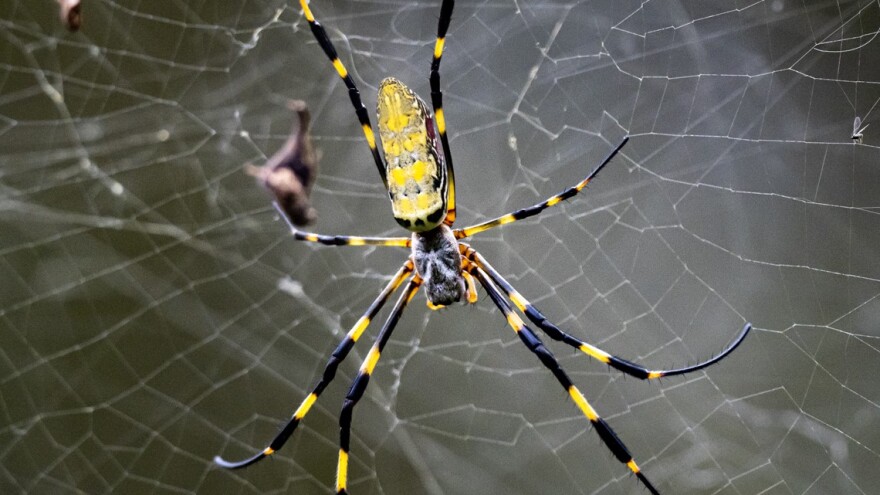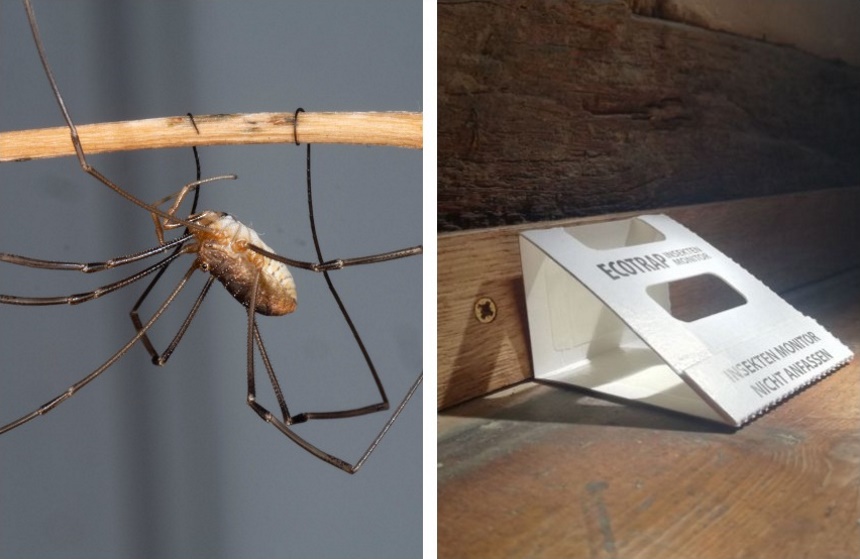

Have you ever found yourself wondering one day about how do spiders communicate? After all, no household has ever escaped an instance of a stray spider or two finding its way inside the house. It usually starts with one but it does not long for more to appear. It’s as if the first visiting spider advertised your house for everyone else!
Believe it or not, spiders do “talk” to each other in methods different from other animals. Spiders do so in various ways – through acoustic vibrations; visual cues; and chemical releases such as pheromones. Spiders also have specific methods of communicating depending on the situation. Subtle differences help them differentiate whether it’s meal time or mating time. They may not have ears for listening but they definitely have options to help them interact with each other. And having this information in your arsenal can make the difference between temporarily or permanently removing them from your house.
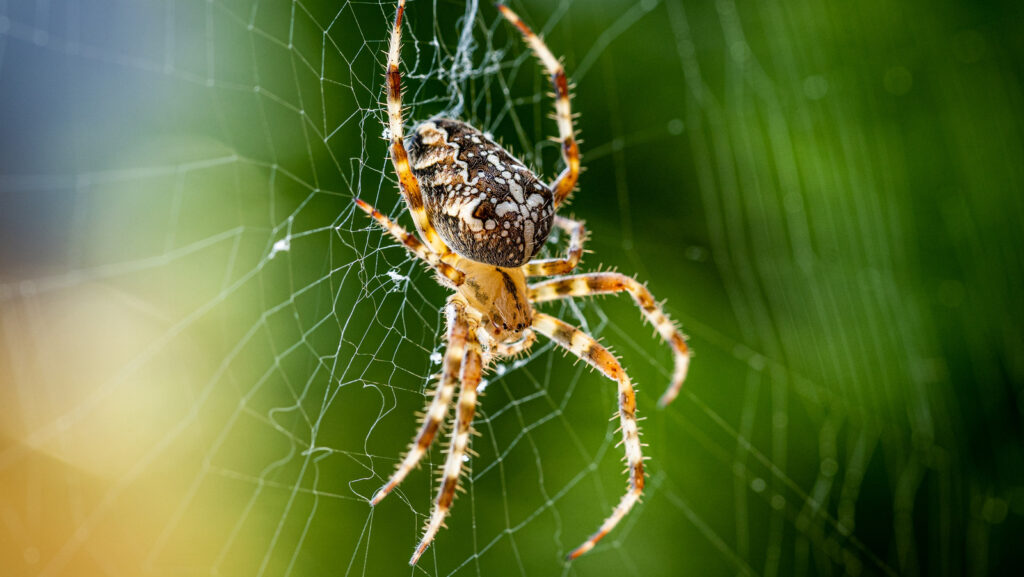
Most spiders communicate through means that a normal human ear can’t detect. They manipulate strings on their web similar to how humans use a guitar – by plucking and producing vibrations. In turn, these vibrations create a sound that only spiders can interpret. A random insect landing on the web, for example, creates a much different sound than a male spider trying to woo a female.
Let’s start with one of the most common spiders everyone encounters: the house spider. These critters heavily rely on vibration for communication. It’s important to note, however, that spiders do not have ears for listening. Instead, the process is two-fold: they “listen” or feel for vibrations on their webs through their legs. This method is more apparent for house spiders; after all, they need to know if their visitor is food or not!

Jumping spiders, on the other hand, rely on both their slit sensillae and eyes when it comes to communication. These creatures, particularly the male ones, have bright colors on certain parts of their body. These bright colors help attract and keep the attention of the females.
Though cellar spiders have thinner legs compared to other spiders, they still rely on vibrations to determine what’s going on around them. Because they prefer living in quiet environments such as a basement or cellar (hence the name), they don’t move that much. They’re not very social; when they do decide to live as a community, they do so loosely as noted by entomologist Joe Ballenger. Additionally, the lack of movement also means that a meal or an intruder has strayed into their web.
If you want to rid your basement of them, knowing how cellar spiders communicate can be advantageous. Ultrasonic pest repellents, such as the ones made by Sroker, drive the spiders away without any action on your part. Even though the human ear cannot hear the sounds generated by these devices, it is enough to disturb the spiders and cause them to leave.
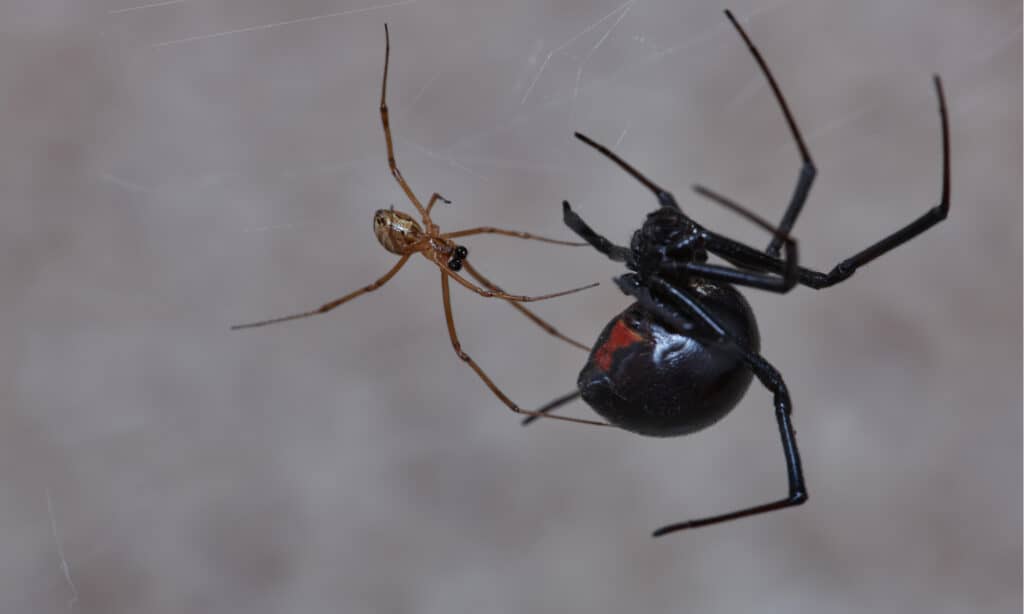
The spiders mentioned so far have been employing mostly acoustic means, but black widow spiders would beg to differ. Because they are solitary creatures, black widows only communicate when it’s time to mate. They also don’t rely on vibrations; instead, they communicate chemically. Female ones spread their pheromones all over their web to attract potential mates, while the males cover their pedipalps (the short “legs” by their mouths) with semen.
However, black widows are not completely exempt from using vibrations. Petkeen’s researchers actually found out that male spiders must produce specific vibrations in order to avoid alarming the female and eating them.
If that sounds scary enough for you to want to rid your surroundings of black widows, you’re probably now trying to search for the best outdoor spider sprays. Now that we know how these spiders communicate with each other, we can use natural sprays to keep them away. Those who are environmentally conscious can opt to use solutions derived from plant sources, such as Mighty Mint’s products. Most of their reviews praise their compatibility with furniture without covering them with harmful chemicals.
How tarantulas communicate is quite similar to black widows. Male tarantulas create a web infused with their semen, which they also apply to their pedipalps. Then, in order to entice a female, he will “knock” on her burrow by tapping. If successful, he will perform his dance using vibrations as expected.
Surrounded by too many tarantulas somehow? Knowing when these critters migrate for the upcoming mating season might just help you find traps for spiders. Keep in mind that tarantulas migrate in large numbers, so your traps are likely to catch a lot of them if you place them strategically ahead of time.
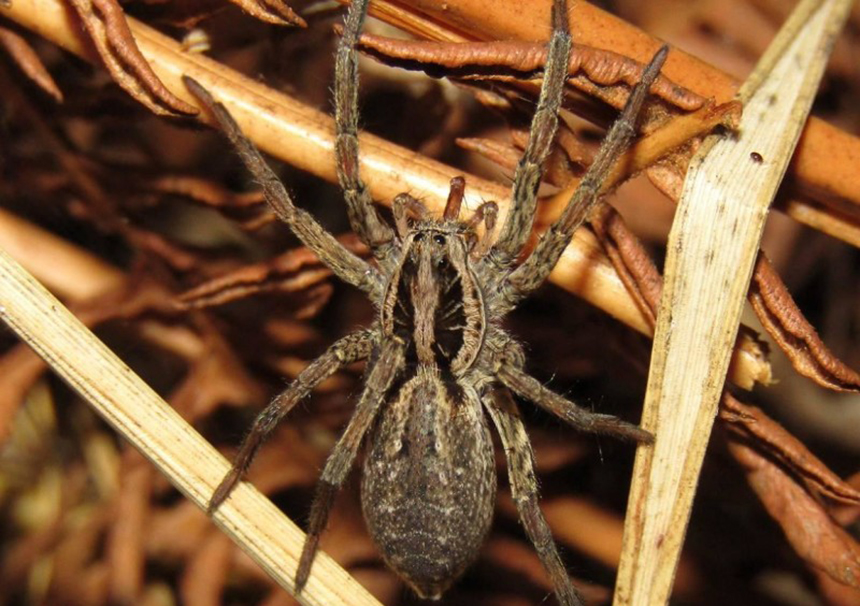
So far, we’ve only looked at spiders that make sounds only they can discern. Wolf spiders, however, distinguish themselves by actually producing sounds that a human ear can hear.
Does that mean wolf spiders also have ears? Of course not. How wolf spiders communicate with each other is actually quite similar to other spiders – they make things vibrate and they determine situations through that. The main difference, however, is they actually use objects such as dead leaves to make their sounds.
Male spiders, regardless of species, use pretty much the same tactics in order to get the attention of the females. All of them perform specific actions in order to produce vibrations, which the female can then interpret. Additionally, these distinct vibrations prevent the males from getting eaten by the females – a practice that’s common in the spider world.
Jumping spiders, in particular, perform elaborate dances just to keep their potential mate interested. The male starts by revealing his colorful face as he slowly walks toward the female. If he somehow makes it safely without the disinterested female eating him, he starts a specific display of raising and locking legs; vibrating his abdomen; and displaying certain parts of his body. Sebastian Echeverri, a researcher from the University of Ottawa, described this process in detail.

Meanwhile, species such as black widows and tarantulas enlist the help of pheromones. They entice each other by covering either their webs, their pedipalps, or both with their secretions before eventually relying on vibrations for the rest.
As mentioned earlier, vibrations audible only through the spiders’ slit sensillae are how spiders communicate with each other. Humans usually never hear these sounds, except for one! Wolf spiders, as we found out earlier, rely on inanimate objects to create the “purring” sounds that most people hear. They mostly use dead leaves, but researchers found that they can even do this on man-made objects such as paper!
Smithsonian describes this as “a roundabout way to flirt” by using the dead leaves “as a telephone line . . . through which spiders call females.” How do wolf spiders do this? They do so with the help of their pedipalps – by rubbing the tips together in order to vibrate the surface of their chosen object. As long as both spiders involved are within each other’s vicinity, they can communicate.
Before you start scouring the internet for the best foggers for spiders, take into consideration that spiders don’t actually scream! Spiders do not have a larynx so they can’t vocalize anything. All of the sounds they make are through vibrations, and only a small percentage of them are actually picked up by our ears. What’s more, the sounds that we do hear from spiders are usually done with the help of other objects. You have nothing to worry about!
Before dealing with any kind of spider intrusion in your house or garden, it’s always important to ask yourself, “How do spiders communicate?” Knowing the answer is a vital piece of information. Simply getting rid of their webs is not enough; you need to know how they behave and how they communicate. Once you’ve taken that into consideration, you can start exploring your options on which trap, fogger, or sprayer to use against them. By knowing the lengths spiders go through just to interact, you can make an educated decision on how to get rid of them safely, effectively, and efficiently.

